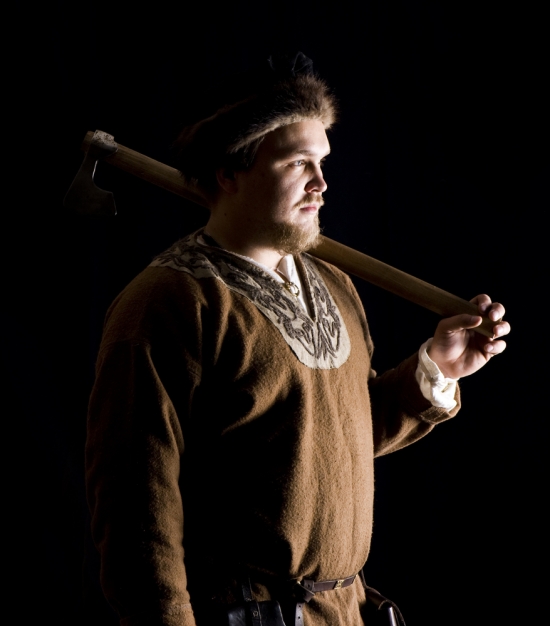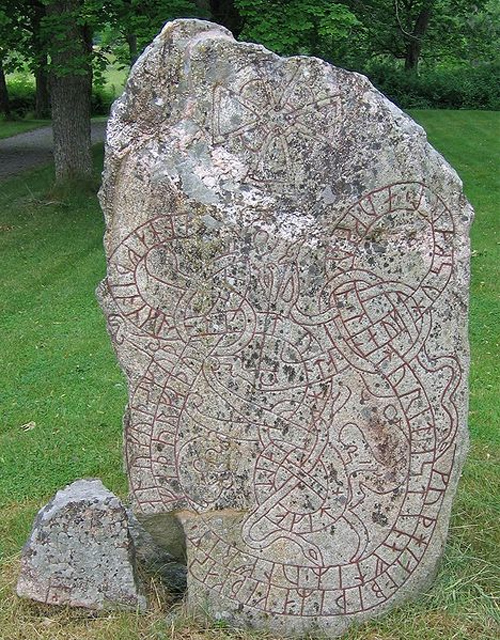G. Can we infer that the Weymouth Vikings were victims of Ethelred the Second?
Learning objective; To be able to reach, justify and challenge a reasoned conclusion in answer to an Historical question with reference to supporting evidence.
Learning outcomes
For pupils to:
- Have drawn inferences from a range of historical evidence and information about whether Weymouth Vikings were victims of Ethelred the Second
- Have reached a particular reasoned conclusion about whether the Weymouth Vikings were victims Second by reference to evidence
- Have participated in debate about whether the Weymouth Vikings were victims of Ethelred the Second by reference to evidence
Success criteria:
All pupils will have participated in discussion about whether the Weymouth Vikings were victims of Ethelred the second.
Most pupils will have reached a reasoned conclusion about whether the Weymouth Vikings were victims of Ethelred the second by reference to evidence.
Some pupils will have challenged the reasoned conclusions of others with fluent and confidence reference to evidence.
Display the image Ethelred the Second in the slide on Resource A.
Explain that he was an Anglo-Saxon king who ruled England between 978 and 1016, a period Viking raids on England increased greatly. (Point out the image dates from hundreds of years after his reign - there are no accurate contemporary portraits).
Also explain some historians believe that the Weymouth Vikings might have been killed on Ethelred's orders.
Split pupils into small groups and give out copies of the blue coloured cards from Resource B.
Within a set time limit ensure that pupils read the cards and discuss in turn whether or not each one helps to prove that Ethelred ordered the deaths of the Weymouth Vikings or not. A scribe and spokesperson could be appointed for each group, one to record conclusions, the other to speak on the group`s behalf. During discussion the teacher should circulate around groups listening carefully, prompting and supporting talk as necessary. Lead a structured class discussion with each group presenting their conclusions in turn. Allow other groups to challenge the views of other groups by reference to evidence.
Give out the yellow cards from Resource B along with Resource C (a list of dates showing when England was more or less violent by Viking raids) and Resource D (a map showing the Danelaw, the portion of England previously settled by Vikings).
Again repeat group discussion of the new resources and a whole class discussion, allowing groups to present their own conclusions and challenge those of other groups.
A number line could be set up in the classroom marked " Ethelred the second definitely did not kill the Weymouth Vikings" at one end," Ethelred the Second may have killed the Weymouth Vikings" in the middle, and "Ethelred the Second definitely killed the Weymouth Vikings "at the other end. Individuals could be asked to stand by the number they mostly agree with along the continuum, justifying their position in response to questions and should able to change their position if they wish (also justifying any such move). Lastly a class vote could be held for each statement in turn.

Commentary
The focus of the enquiry now deliberately broadens out to incorporate more of an overview of later Anglo-Saxon England buckling under the onslaught of continuous Viking raids (such was the success of these raids that the Danish king Cnut added England in 1016 to his Scandinavian empire which also included Norway). The activities introduce pupils to more contextual information about the period in which the Weymouth Vikings died and other evidence including written sources and archaeological finds from elsewhere that might explain their deaths. This technique of placing an historical overview within a depth study is sometimes called " the overview lurking in the depth ". In this case the overview refers to wider historical events from the period while keeping the main thrust of the enquiry unchanged i.e. explaining the mystery of the Weymouth grave.
The blue cards in Resource B deliberately steer pupils towards the conclusion that the Weymouth Vikings were victims of Ethelred the Second during the St Brice`s day massacre of 1002 when the king allegedly sanctioned the murder of Vikings across England (Ethelred`s policy of paying off the Viking raiders had only bought peace for short periods before they returned to extract more silver from his government.
If he did order the massacre of Vikings across Southern England in 1002 excluding the Danelaw then this was a sign that the policy of bribery had failed and been replaced by the extreme option of ethnic cleansing). In terms of the card sorting activity however the circumstantial nature of the link between the evidence on the blue cards and the Weymouth Vikings should give scope for evidence of possibly nuanced conclusions from some pupils. Card sorting is a tried and tested method of introducing pupils to information in small chunks and encourages the reading and re-reading of it in discussion. It is also a useful tool for building in cognitive conflict in to discussion where pupils compare their ideas with their peers based on the information on cards and may have these ideas modified as a result.

On the other hand the yellow cards from Resource B deliberately contradict or undermine evidence from the blue cards, for example casting doubt on the reliability of the written sources about the massacre and showing that the Weymouth Vikings could have died at any point across a number of decades. As a result pupils may well completely reverse their opinions. This models for them that:
- Historical conclusions are partly based on available evidence
- Historical conclusions are often provisional
- Further evidence can contradict a particular conclusion
- It is alright and indeed safe for pupils to change their minds especially if they can justify this by reference to evidence
Pupil understanding of the evidence around the Weymouth Vikings should also improve through the repeated and structured opportunities for dialogic talk (as popularised by the work of Robin Alexander).
The opportunity for pupils to reflect on how and why they may have changed their minds is also a form of metacognition, defined by Jerome Bruner as pupils " turning around on their own learning".
Suggested training activity
1. As before whoever is leading training could treat colleagues as pupils and teach the activities using the blue cards from Resource B. Colleagues could discuss:
- What the main point of the activity appears to be
- What the next activity might be in the sequence of learning
2. Activities could be completed using the yellow cards from Resource B plus Resources C and D.
Discussion could be held around the aims and direction of the learning before comparing these with the commentary below the activities.
Attached files:
- Can we infer that the Weymouth Vikings were victims of Ethelred the Second Resource A
207.5 KB Powerpoint presentation - Can we infer that the Weymouth Vikings were victims of Ethelred the Second Resource B
620 KB Word document - Can we infer that the Weymouth Vikings were victims of Ethelred the Second Resource C
48 KB Word document - Can we infer that the Weymouth Vikings were victims of Ethelred the Second Resource D
154.2 KB JPEG image

